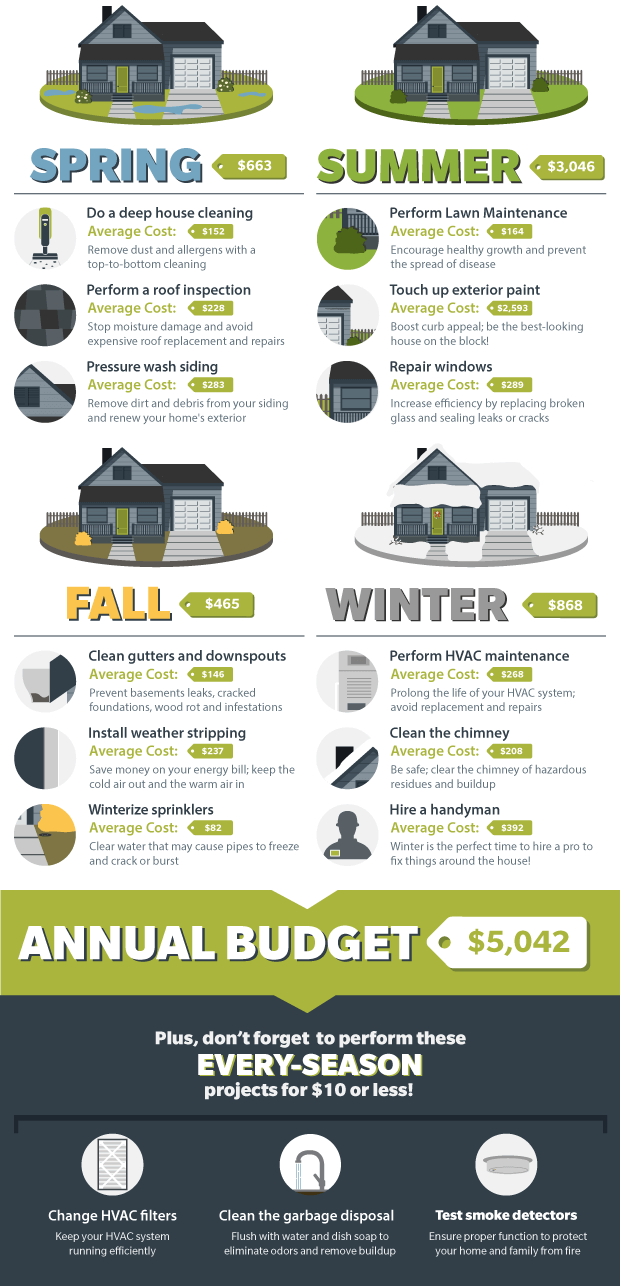When it pertains to picking the best photovoltaic panels for your home, the selections can be overwhelming. Each type supplies distinctive benefits and trade-offs, making it crucial to figure out which elements straighten ideal with your objectives. Whether your focus is on efficiency, cost-effectiveness, or aesthetics, there's a solar panel type that can satisfy your requirements. So, prior to you decide, think about the important elements that will influence your solar power system's efficiency and viability for your home.
Monocrystalline Solar Panels
When taking into consideration photovoltaic panels, you might come across monocrystalline solar panels. These panels are recognized for their high effectiveness prices as a result of their building and construction from a single continual crystal framework. This layout enables monocrystalline panels to do much better in reduced light problems compared to other kinds of solar panels. In addition, their smooth black look makes them a preferred option for residential installations, blending in flawlessly with most rooftops.
One essential benefit of monocrystalline solar panels is their area efficiency. They require less area to produce the very same quantity of electricity as various other photovoltaic panel types, making them suitable for homes with restricted roofing system room.
While pop over to this web-site tend to be more costly in advance, their long-lasting resilience and performance typically make them an economical financial investment in the world of solar energy. If you prioritize performance and looks in your photovoltaic panel option, monocrystalline panels could be the best choice for your home.
Polycrystalline Solar Panels
Polycrystalline solar panels, likewise referred to as multicrystalline solar panels, use an alternative option to monocrystalline panels. These panels are made from silicon crystals that are thawed with each other, producing a much less uniform look contrasted to monocrystalline panels.
One of the essential benefits of polycrystalline panels is their reduced production cost, making them a much more affordable option for property owners looking to buy solar power.
While polycrystalline panels may have a somewhat lower effectiveness rate contrasted to monocrystalline panels, they still supply a trusted and cost-efficient method to create solar power for your home. These panels perform well in high temperatures and are a durable option for a range of environments.
If you have a bigger roof covering space and are looking to maximize your energy manufacturing without breaking the bank, polycrystalline panels could be the right option for you.
When considering photovoltaic panel choices for your home, it's essential to evaluate the cost-effectiveness and efficiency of polycrystalline panels against your energy demands and budget plan restraints.
Thin-Film Solar Panels
Moving on to Thin-Film Solar Panels, these panels supply a distinct option to standard silicon-based choices like polycrystalline panels. Thin- denver co solar installer are light-weight and flexible, making them simpler to mount on various surface areas like bent rooftops or wall surfaces. They're also extra visually pleasing, assimilating flawlessly with the architecture of your home.
However, it's essential to keep in mind that thin-film panels usually have reduced efficiency rates compared to crystalline silicon panels. This suggests you might require more room to generate the very same amount of electrical power.
On the silver lining, thin-film panels execute much better in low-light conditions and have a lower temperature level coefficient, meaning they can generate even more power on hot days. If find more have sufficient area and are looking for a functional and visually attractive photovoltaic panel choice, thin-film panels could be a great selection for your home.
Conclusion
To conclude, when choosing the most effective solar panel kind for your home, consider your energy requires, spending plan, and room restraints. Monocrystalline panels supply high effectiveness in limited room, while polycrystalline panels use an affordable choice with reliable performance. Thin-film panels offer adaptability and aesthetic allure yet may have reduced efficiency prices. By evaluating these variables, you can pick the photovoltaic panel type that ideal fits your specific requirements.
